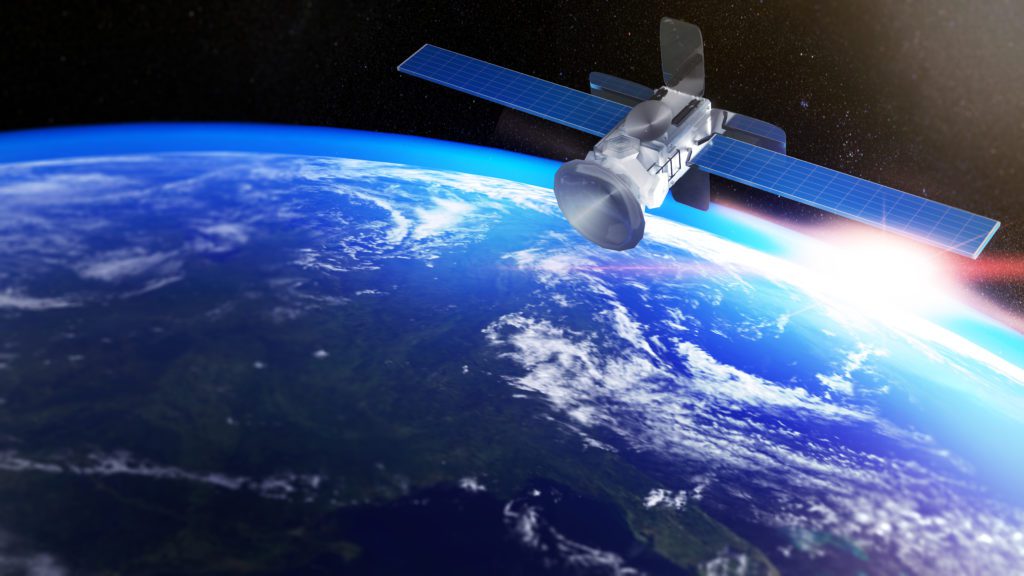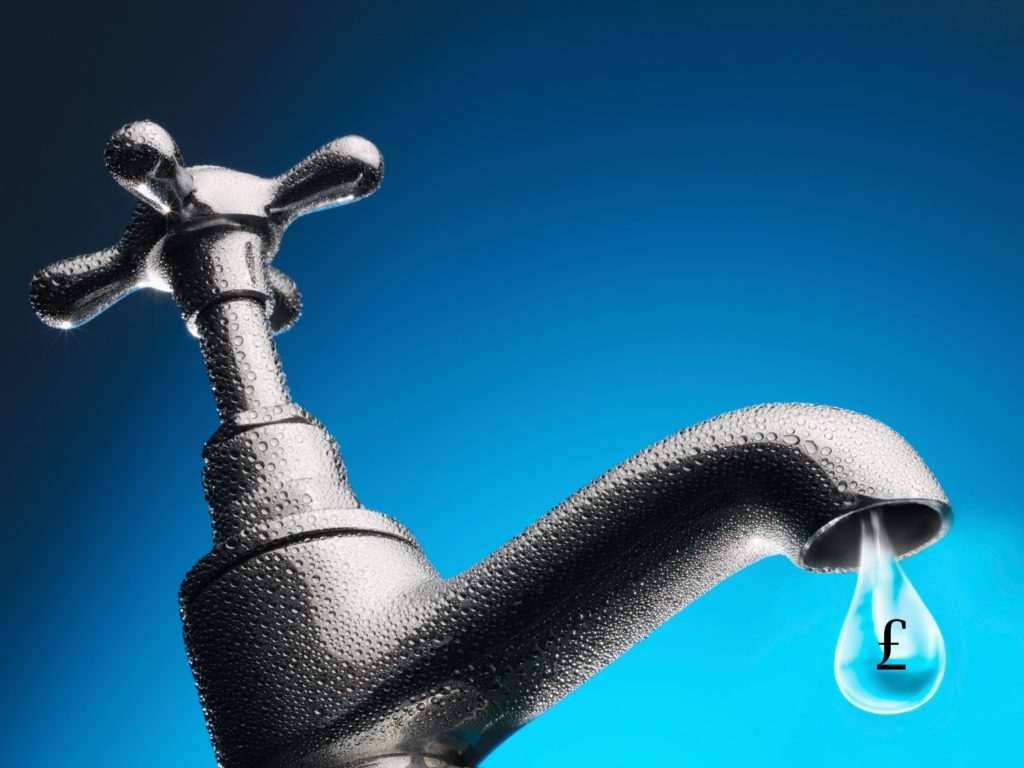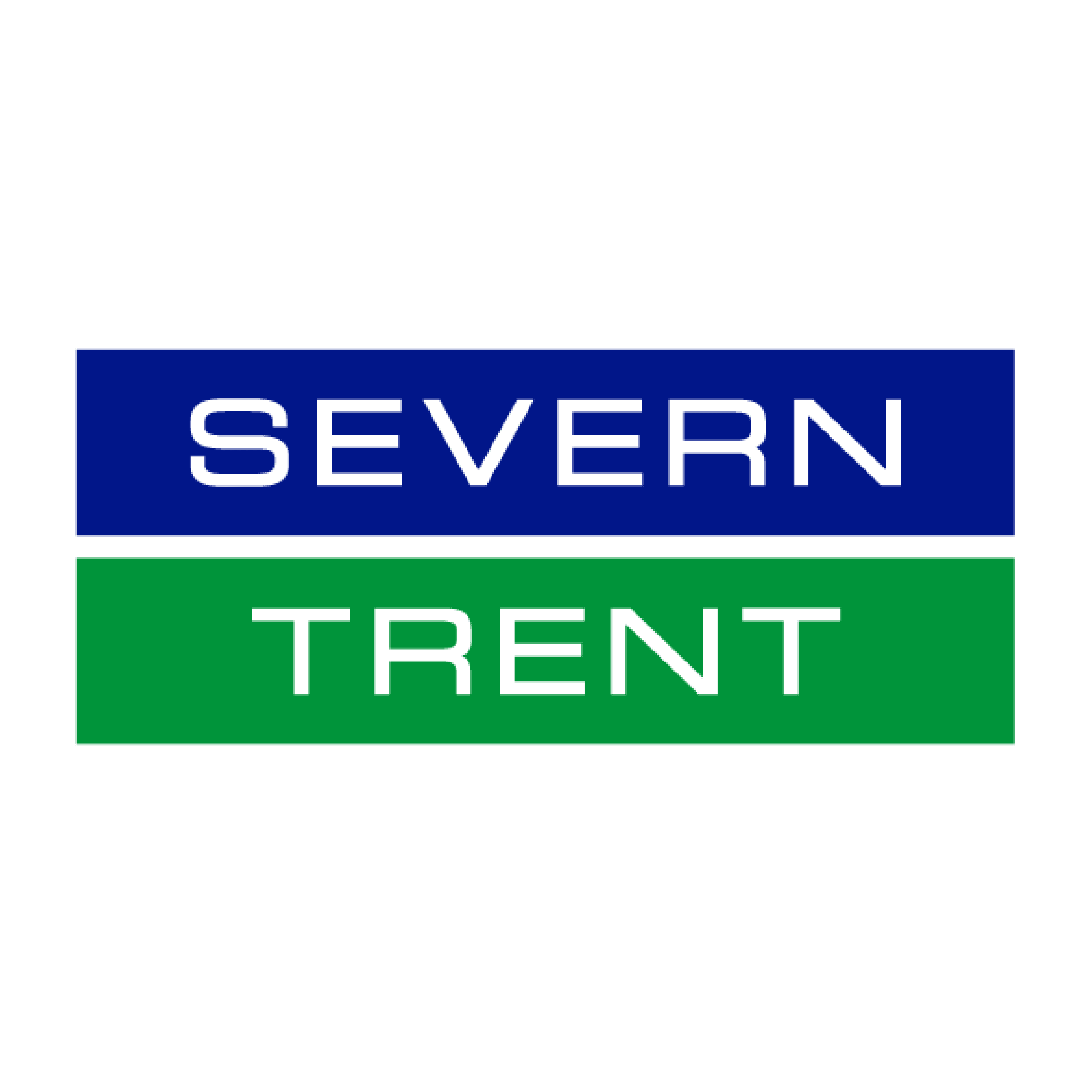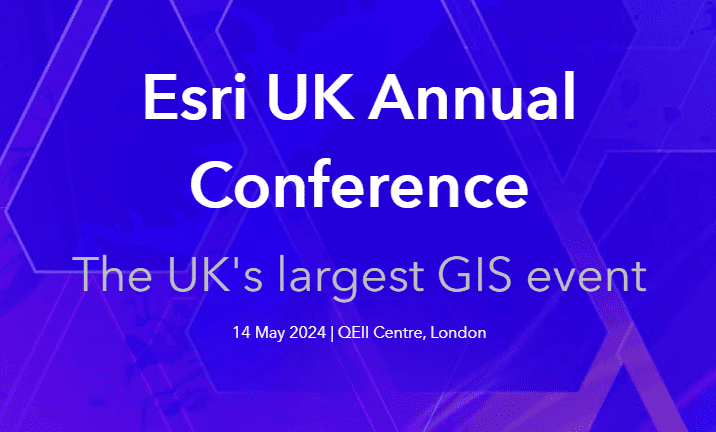Time, Cost and Quality: Improving Severn Trent’s buried assets Location Accuracy Standards

Severn Trent is one of Britain’s largest water companies and we provide clean drinking water to over eight million people every day.
Following our transition to outsourcing of main laying to smaller contractors (with the surveying being done in-house), we saw the potential to improve location data accuracy and efficiently using GNSS (Global Navigation Satellite Systems) technology.
With data crucial to providing increasing service quality for our customers, we identified the need for this enhanced business capability, which will provide accurate data recordings. This need was two-fold: firstly, we required accurate location and othergeospatial data on fittings when laying and renewing water mains; secondly, we wanted to measure reinstatement details, which are important to the maintenance of highways.

MGISS was identified as the optimum service provider as they had already worked with some of the previous contract resources. MGISS is more than just a hardware supplier, and are domain experts in positioning.
The integration of GNSS software helped speed up our surveying operations while improving the accuracy of our recorded data. I see the integration of GNSS technology as having three main benefits to Severn Trent: time, cost and quality. In regard to cost in particular, GNSS will lead to the reduction of “doubling-handling” of data within Severn Trent, saving time and money in the process.
Our concurrent implementation of z-values (elevation as mAOD) has offered further improvements. This enables us to calculate the exact height of the main, reducing the time it takes to find assets when excavating in the future to undertake repair and maintenance activities – and the accurate elevation readings help to ensure that adequate water pressure is delivered to customers.
We’ve never previously had data on the exact recorded height of the main, and this degree of accuracy reduces the amount of time it takes to find our assets – which was a big part of the pitch to the business – and will save us time and money.
Further benefits of the technology on our operation are also becoming evident. This includes the ability to survey open trenches and for the design team to receive photos of issues faced in the field and adapt in real time, a far easier and faster solution than relying on written reports.

To empower our adoption of the technology, MGISS played an active role in its integration at every level of the organization, including the provision of carefully planned on-boarding sessions, access to on-going support and the implementation of departmental training within our team.
By hosting separate training sessions for both direct users and those indirectly impacted by the new hardware, MGISS were able to strengthen our approach for internal adoption.
Our next step is the integration of the new equipment to ensure better accuracy when surveying water service pipes to individual properties. While there is no requirement for us to record this data, our desire for continual service improvement is prompting us to trial this solution as part of the “Green Recovery” initiative, when replacing Lead Services.
We are delighted that MGISS is supporting us in this endeavor and we look forward to continuing our drive for service excellence.



